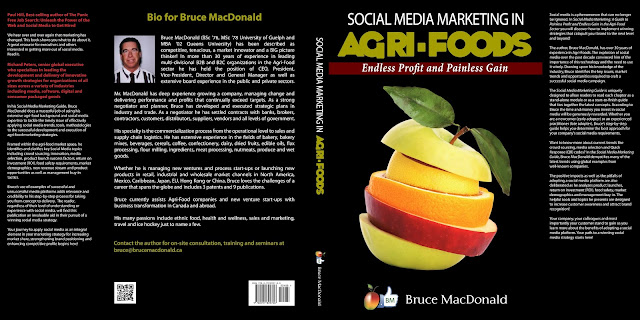Aquaponics is bringing sustainable farming and fisheries into the hearts of cities

Mira Oberman/AFP/Getty ImagesAquaponics combines aquaculture (farming underwater fish and plants) with hydroponics techniques, to create a powerful new symbiotic tool for growing veggies and fish in small, resource-restricted areas.
VICTORIA — A small plot of land on the edge of Victoria’s downtown may seem like an unusual spot for a farm, but for Angela Moran, the city was the best place to launch aquaponics.
Moran has been the farm manager for Mason Street Farm for eight years. She sells the produce to local restaurants and at Victoria farmers markets. But last November, when she brought on fellow farmer Jesse Brown, the two decided to embark on introducing aquaponics to the B.C. capital.
“I’m a city girl. I grew up in the city, and I love it and the culture, so I never wanted to farm rurally,” said Moran.
“I really felt aquaponics in the city worked well together. I’m trying to find a way to raise my protein and my vegetables. Vegetables are just one part of the plate, and that’s what attracted me to aquaponics is having a food source with a higher yield and less labour.”
Aquaponics combines aquaculture (farming aquatic organisms like fish and plants) and hydroponics (the process of growing plants in water). By combining the two systems the fish and plants create a self-maintained system.
‘This whole thing is a living system. You have fish that produce the nutrients and nutrient water is pumped up into grow beds’
“This whole thing is a living system,” said Brown. “You have fish that produce the nutrients and that nutrient water is pumped up into the grow beds. The grow beds are filled with a gravel medium that has tens of thousands of different species of microorganisms and worms. It’s this whole living system that ends up being very resilient because it is self-managing.”
Brown and Moran launched a crowd funding campaign last fall to help them build their aquaponics greenhouse, and by December they had exceeded their goal of $12,500, raising $13,360.
A lot of work has gone into the construction and Brown said in the next month they are hoping to put koi in the tank to grow vegetables immediately.
Unlike other aquaponics systems, Brown and Moran have decided to use koi to build an operational system right away, eventually integrating food fish like tilapia.
“We decided to do that for several reasons,” said Brown. “One of them is we don’t have a heating system in place right away and we just want to get this up and running, and producing food. We can produce a lot of food without heating our water besides what the greenhouse provides.”
Once the Mason Street Farm system is operating, Brown is hoping to try various heating systems so they can pursue using food fish.
But in Edmonton, the goal is to produce vegetables and tilapia right away.
‘With a 100-square-foot footprint you can pull a fish out every day and have all the veggies you need year round’
The Edmonton Aquaponic Society has been working on creating what president David Reid calls a family-sized system at the city’s Rundle Park.
“With a 10-metre or a 100-square-foot footprint you can pull a fish out of there every day and pretty much all the veggies you need year round,” said Reid.
Reid — who has a background in commercial and residential construction — began researching aquaponics while doing his bachelor of science degree. He hopes once the family-sized system is up and running school groups from grade school to university will learn from the project.
“It’s something I’ve been the key force for, but we’ve had some volunteers step forward with some handy skills and help out,” said Reid.
“Now that we’re close to going public we’ll partner with the city and look at how we can do programing and utilizing other groups that come into the facility. We have a lot of opportunity for exposure because it’s a busy place.”
Check out my latest e-book entitled: "Social Media Marketing in Agri-Foods: Endless Profit and Painless Gain".
The book is available on Amazon and Kindle for $4.99 USD. Visit amazon/Kindle to order now:
http://www.amazon.ca/Social-Media-Marketing-Agri-Foods-ebook/dp/B00C42OB3E/ref=sr_1_1?s=digital-text&ie=UTF8&qid=1364756966&sr=1-1
Written by Bruce MacDonald, a 30 year veteran of the Agri-food industry, in "Social Media Marketing in Agri-Foods: Endless Profit and Painless Gain", Bruce applies his background and expertise in Agri-foods and social media to the latest trends, tools and methodologies needed to craft a successful on-line campaign. While the book focuses on the Agri-food market specifically, I believe that many of the points Bruce makes are equally applicable to most other industries.

No comments:
Post a Comment